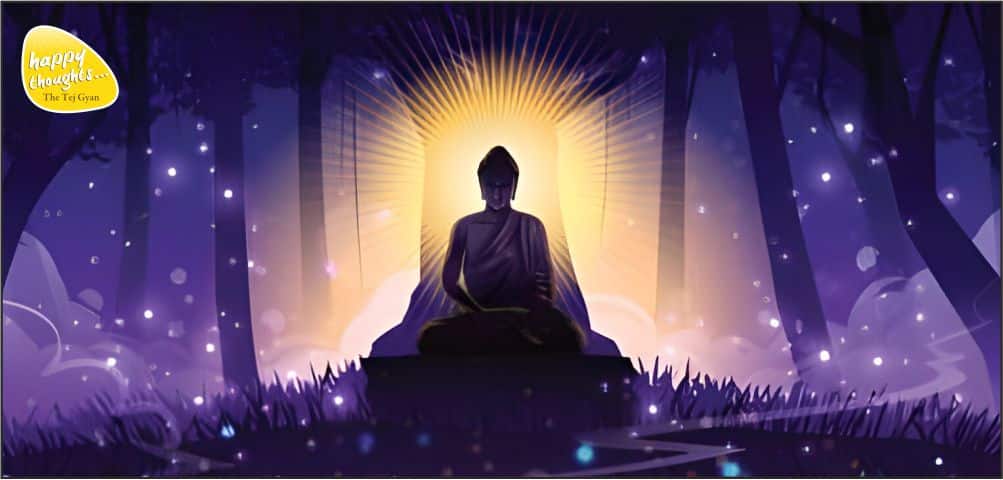
The Buddha’s Middle Path to Liberation
Buddha Purnima is one of the significant and widely celebrated festivals, not only in India, but also South Asian countries with followers of the Buddhist faith. This day, also known as Vesak or Buddha Jayanti, commemorates three important events – the birth of Siddhartha Gautama, the attainment of enlightenment (Nirvana), and his passing away (Mahaparinirvana).
On this auspicious day, let us set some time aside to reflect on the profound teachings of the Buddha that are indeed relevant in today’s world of instant gratification. His teachings mainly include the Middle Path, the Four Noble Truths, and the Eightfold Noble Path. The truths that the Buddha revealed are called Dharma.
The Buddha assumed birth as Prince Siddhartha. Buddha refers to one who has awakened. Buddha is the state of englightenment, not a person or a physical body. The Buddha’s teachings guide us towards the state known as Bodhi in Sanskrit, which means Self-Realization. This is the highest state of attainment, and if this state is available, then why should we settle for anything lesser?
Today, we’ll explore the Buddha’s remarkable journey and draw inspiration and seek guidance for our own path to enlightenment from one of his key teachings,.
Unlike us, who can benefit from his life story, Siddhartha had no such guide or teacher. Yet, his unwavering determination was based on the idea, “If anyone has realized the Truth, so can I.” This thought propelled him to leave his royal life and embark on his quest to know the Ultimate Truth. As a prince, when he made the momentous decision to forsake his home, his loyal servant Channa accompanied him to the border of the kingdom. Despite Channa’s pleas to reconsider, Siddhartha remained undeterred. At the river bank, he calmly shaved his head, shed his princely robes, and handed them to Channa, instructing him to return to the palace. Channa obeyed his master, though burdened with a heavy heart and the daunting task of conveying this news to the royal family.
Siddhartha began his quest, wandering through forests, staying in the hermitages of various spiritual masters, and seeking the masters of those spiritual masters. He initially received guidance from a disciple of Alara Kalama, one of the then-spiritual teachers but his quest remained unsatisfied. He then sought Alara Kalama himself. There, he mastered the highest level of the meditation technique known there, despite which his quest remained unanswered. His concentration had peaked and a lot could be accomplished with such heightened concentration but these held no allures for Siddhartha. He realized that there is no lasting benefit of attaining special powers especially if one still suffers from unhappiness, the surge of ego, anger, or hatred. Siddhartha felt that the answer to his quest lay elsewhere.
So he continued his journey and arrived at the hermitage of another spiritual master Uddaka, from whom he learned higher levels of meditation. Even after this, he felt unfulfilled as he found no answers to his quest. Around this time, he met Kaundinya and his four companions. During those times, a belief was prevalent that the cause of unhappiness was one’s sins from the current and previous lifetimes. And the path to happiness was to wash away these sins by subjecting the body to the harshest ascetic practices. Siddhartha’s strong determination led to an intense focus on these harsh ascetic practices. Kaundinya and his colleagues were already following such harsh ascetic life, and Siddhartha joined them in their practices.
Starting with only one meal a day, they decreased the food intake even further to twice in three days, and then once every two days, and so on. Eventually, they stopped seeking alms from the villagers as was the custom for ascetics at that time, and started living off raw fruits, vegetable roots, and alike from the forest. They also practiced other forms of hardships in the belief that the pain would eventually lead to the realization of the ultimate truth. This went on for years leading to the near crumbling of the physical body to a state of bones and skin. The belief was that the harsher the methods for the body, the increased cleansing of the sins is effected and this led people to extremes – fast for days, holding their breath until they fainted, living in a cemetery among the dead, bathing in cold water even during winters, etc. Any form of hardship was embraced in the quest to attain true happiness and realize the truth. How determined must he have been in his quest to realize the truth that there was a readiness to undertake even the harshest of practices.
One day, Siddhartha approached the riverbank to drink water. Although the river flowed gently, he had grown so frail and weak that even its mild current swept him off his feet, carrying him downstream. He managed to pull himself from the water by clutching a branch of a fallen tree. Exhausted, he lay on the riverbank until a compassionate villagewoman passed by. Moved by his plight, she provided food and cared for him. As Siddhartha regained strength from the nourishment, he began to question his beliefs: Was enduring such extreme hardships truly the path to discovering truth and happiness?
He realized that when the body becomes weak, it leads to reduced functioning of the brain which appears as a loss of all desires. The desires were then not the source of misery anymore. This would give the ascetics the impression that they were getting the desired results, and as such were being liberated from all evils and realizing the Truth. But as soon as one regained some strength, the old desires, and tendencies returned. This meant that these harsh practices on the body did not liberate one of the troubling thoughts, and desires but merely suppressed them and that these thoughts and desires were still very much present in the body-mind mechanism.
Thus, Siddhartha embraced the wisdom of the “Madhyam Marg,” or the Middle Path, which became a cornerstone of his teachings. After the grand attainment, the Buddha advised against extremes, teaching that both starvation and overeating harm the body. His revolutionary concept of the Middle Path resonated widely, influencing countless individuals, including kings, to pursue a balanced approach in their quest for Truth and happiness.
The Buddha’s impact was illustrated in his encounter with King Prasenjit of Kosala, whose excessive indulgence in food had led to severe obesity. He warned the king that his overeating would hasten aging and a manifesting ground for disease. Initially, King Prasenjit struggled to moderate his diet. In response, he also suggested that the king’s nephew impose a fine of 1,000 gold coins for each instance of overindulgence. This unique approach proved effective, helping the king to finally control his eating habits.
The Middle Path advocates moderation and a healthy balance in all aspects of life. It teaches that too much tension, like an overly tight violin string, can lead to breakage, whaile too little, like a loosely strung violin, fails to produce music. Similarly, extreme deprivation can impair mental functions, while excess can foster laziness and illness. The Middle Path paves the way for progress toward true happiness and enlightenment.
So it’s time to decide – are we ready to commit to the path shown by Lord Buddha, and walk the path of the Madhyam Marg with strong determination? Let us contemplate this and make a firm resolve on this sacred day.


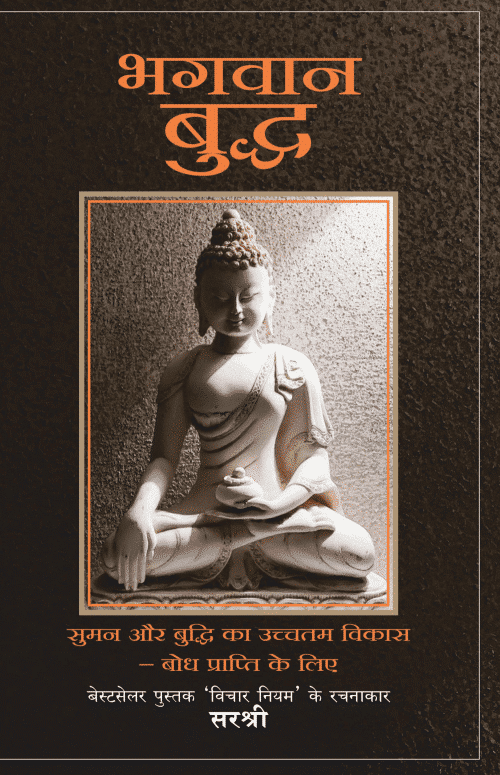


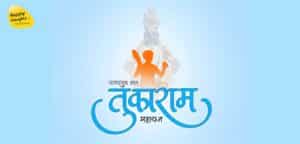


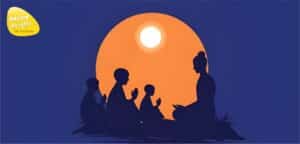
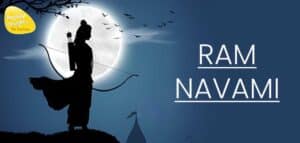
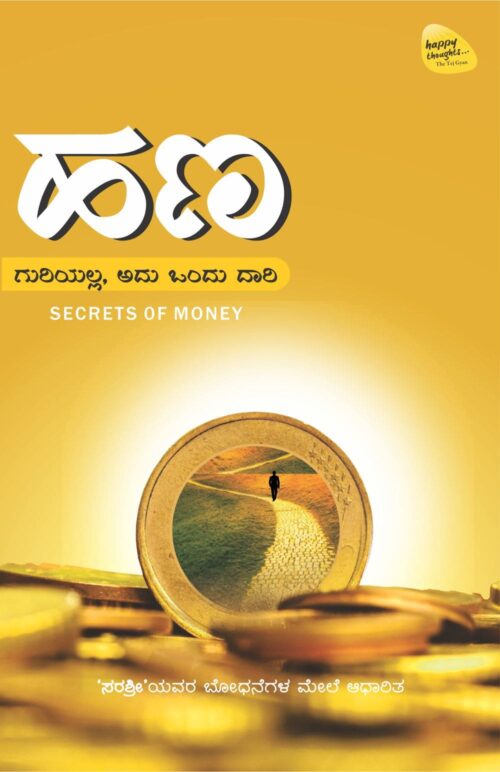
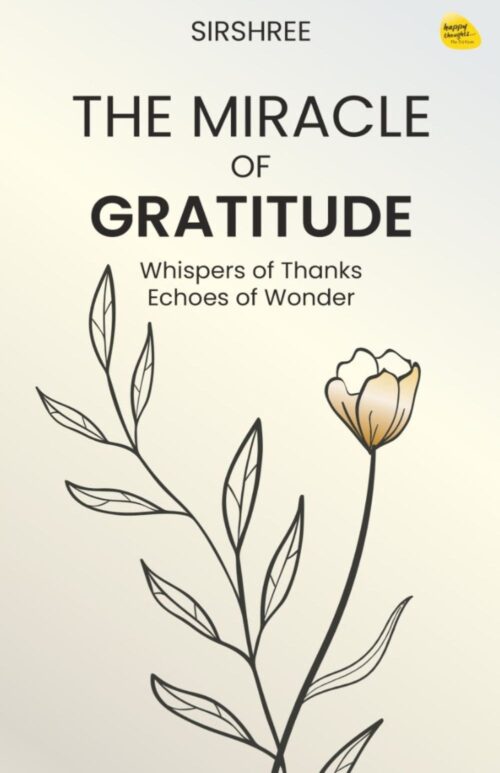

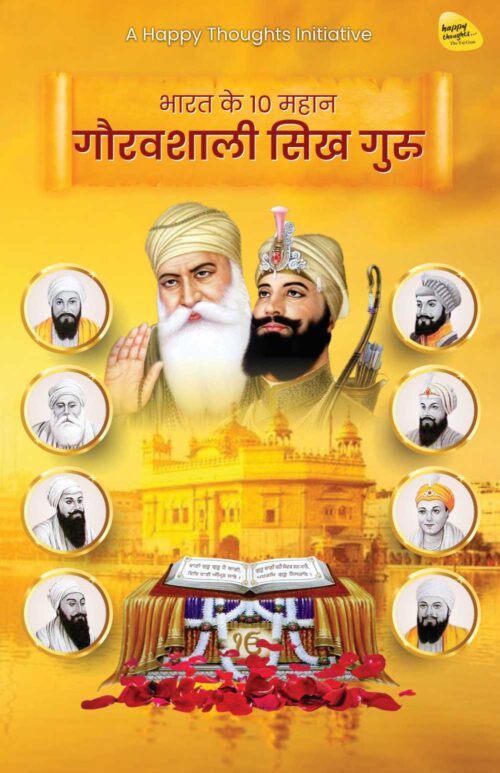

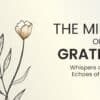
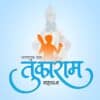



Add comment